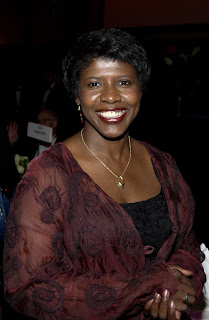During our presentations, the one that stood out to me the most was the presentation about Gossip Columns. From the beginning of time, humans have always been extremely social creatures. Due to this, fact and opinion are spoken simultaneously lead to all different types of narratives. Since humans are the ones behind journalism, gossip easily became a part of it.
A man named James Gordon Bennett founded a paper in1835 named the New York Herald that became recognized as paving the way for gossip columns and papers in the US. The paper focused on New York’s elite, who were akin to celebrities of our day.As the 19th century progressed, more papers began to acquire this sense of yellow journalism through utilizing more sensational stories and headlines. Simultaneously, Hollywood began to grow and increase in popularity and publicity, which simply added fuel to the fire of American gossip columns.
By the mid 20th century, the first gossip column made its way into the spotlight. On Broadway, created by Walter Winchell, featured many stories regarding well known people and events. Through his social connections, Winchell was able to write very engaging stories surrounding rumors and here say about others.
His articles became so popular that Winchell himself became a celebrity with millions of people reading his articles. Later he managed to branch out into radio, which reflected the new route of gossip columns and journalism.
Technology and how media was produced and broadcasted changed as the years went on. With the introduction of the internet and TV, the 21st century took gossip media to a whole new level.
Popular shows like TMZ begin to pop up and function the same way as physical print gossip columns, although those did not disappear. Rather where gossip columns in newspapers used to be, gossip magazines such as People or In Touch became popularized alongside more modern media.




No comments:
Post a Comment